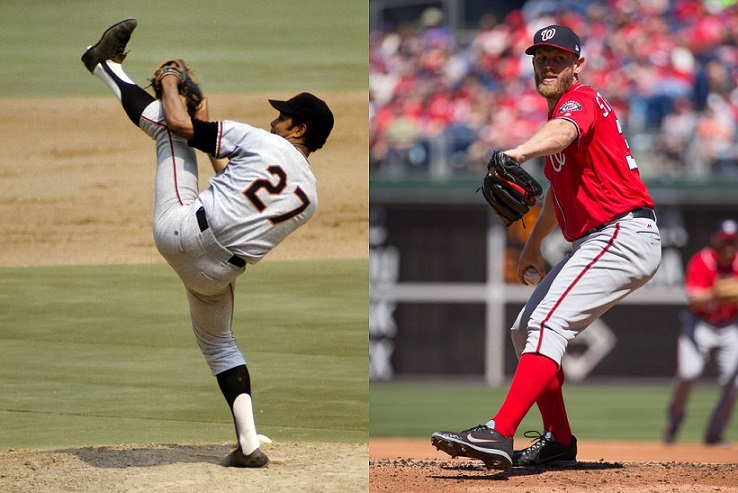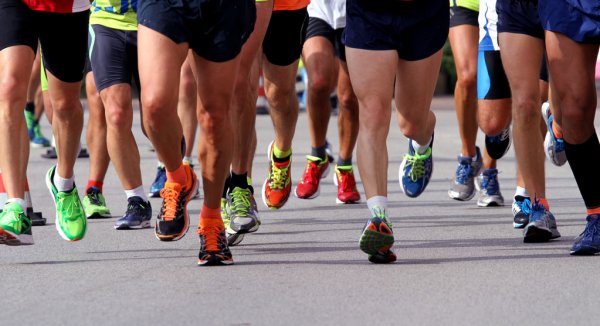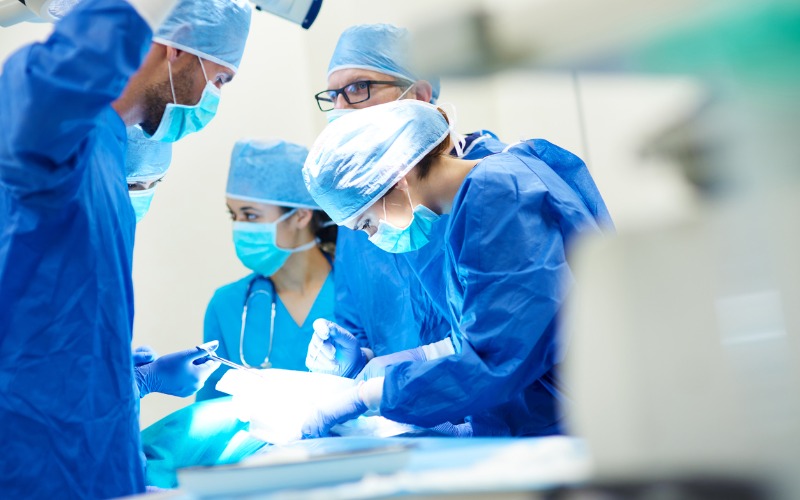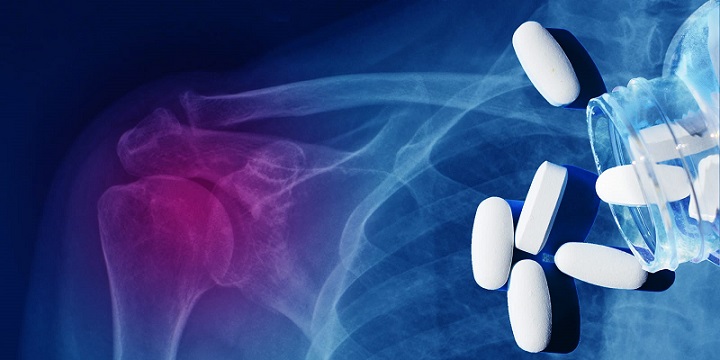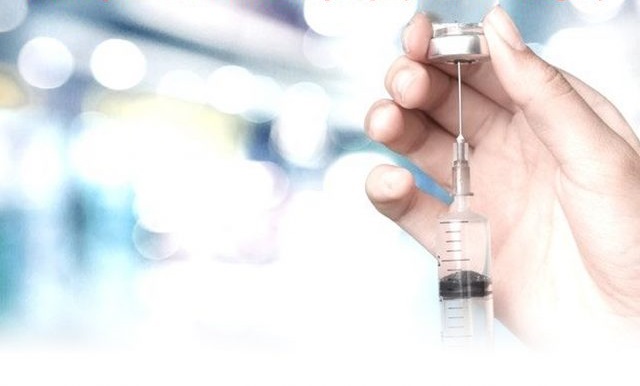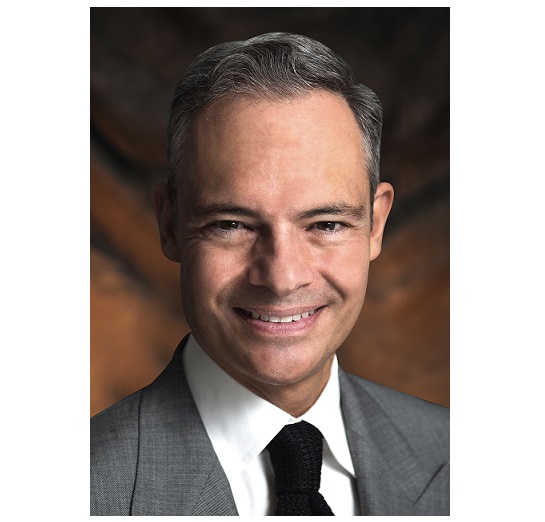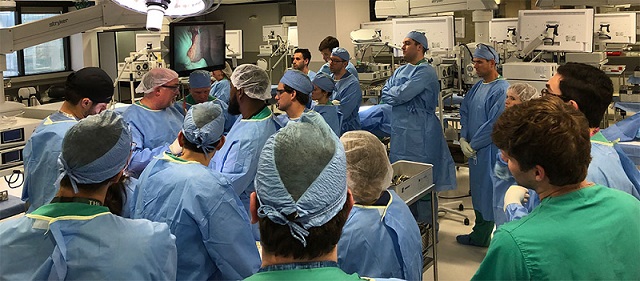Elizabeth Hofheinz, M.P.H., M.Ed.
What long-term effects do repeated vigorous motion have on professional pitchers’ arms? A team from Temple University in Philadelphia, Pennsylvania set out to discover the details. Their work, “Chronic Adaptations of the Posterior Rotator Cuff in Professional Pitchers,” appears in the February 16, 2021 edition of The American Journal of Sports Medicine.
Co-author Stephen J. Thomas, Ph.D., A.T.C. is the Department Chair at Thomas Jefferson University and told OSN: “Baseball pitchers are known to lose glenohumeral internal rotation range of motion due to the stress of pitching. However, there are three possible sources that lead to this loss. Bone (humeral retroversion), posterior capsule tightness, and posterior rotator cuff tightness. We have been able to isolate humeral retroversion and posterior capsule, however previously there was no way to isolate posterior rotator cuff tightness. We hypothesized that muscle architecture (pennation and muscle thickness) would be predictive of rotator cuff tightness in both the infraspinatus and teres minor.”
“Sports medicine clinicians often use an individualized treatment approach. Therefore, knowing the specific adaptation responsible for the reduced shoulder range of motion (ROM) is required to optimize their rehabilitation program.”
In this cross-sectional study, the investigators recruited 28 professional pitchers during the 2019 spring training season. The researchers measured internal and external rotation strength with a handheld dynamometer; internal and external rotation strength ROM were measured with an inclinometer. A diagnostic ultrasound machine obtained images of humeral retroversion, as well as the pennation angle and muscle thickness of the infraspinatus and teres minor muscles. The team used ImageJ software to quantify the pennation angle and muscle thickness.
The researchers found no significant differences between the dominant and nondominant arms for external rotation or internal rotation strength. They wrote, “Also, no pennation angle and muscle thickness differences were found between the dominant and nondominant arms. A weak positive relationship between infraspinatus muscle thickness (superficial and total) and external rotation strength (P = .016, R = 0.287 and P = .009, R = 0.316) and a moderate negative relationship between soft tissue glenohumeral internal rotation deficit (GIRD) and the bilateral difference of the teres minor deep pennation angle (R = 20.477, P = .008) were observed…”
“We found that specifically the adaptation of the pennation angle within the teres minor muscle was predictive of reduced soft tissue range of motion at the glenohumeral joint,” stated Dr. Thomas to OSN. “In addition, the thickness of the infraspinatus muscle was predictive of external rotation strength in the position we tested (90° abduction/neutral rotation). Therefore, clinicians should target the teres minor to improve range of motion and infraspinatus hypertrophy for external rotation strength.”
“We have also examined these adaptations following an acute pitching exposure since we know pitchers lose glenohumeral internal rotation immediately following pitching and it takes 4 days to return to baseline. This manuscript is currently being prepared for submission. We have also collected data for another study incorporating measurements of all three tissue adaptations (bone, posterior capsule, and posterior rotator cuff). One purpose of the study is to determine the glenohumeral internal rotation range of motion variance explained by each of these tissue adaptations.”

